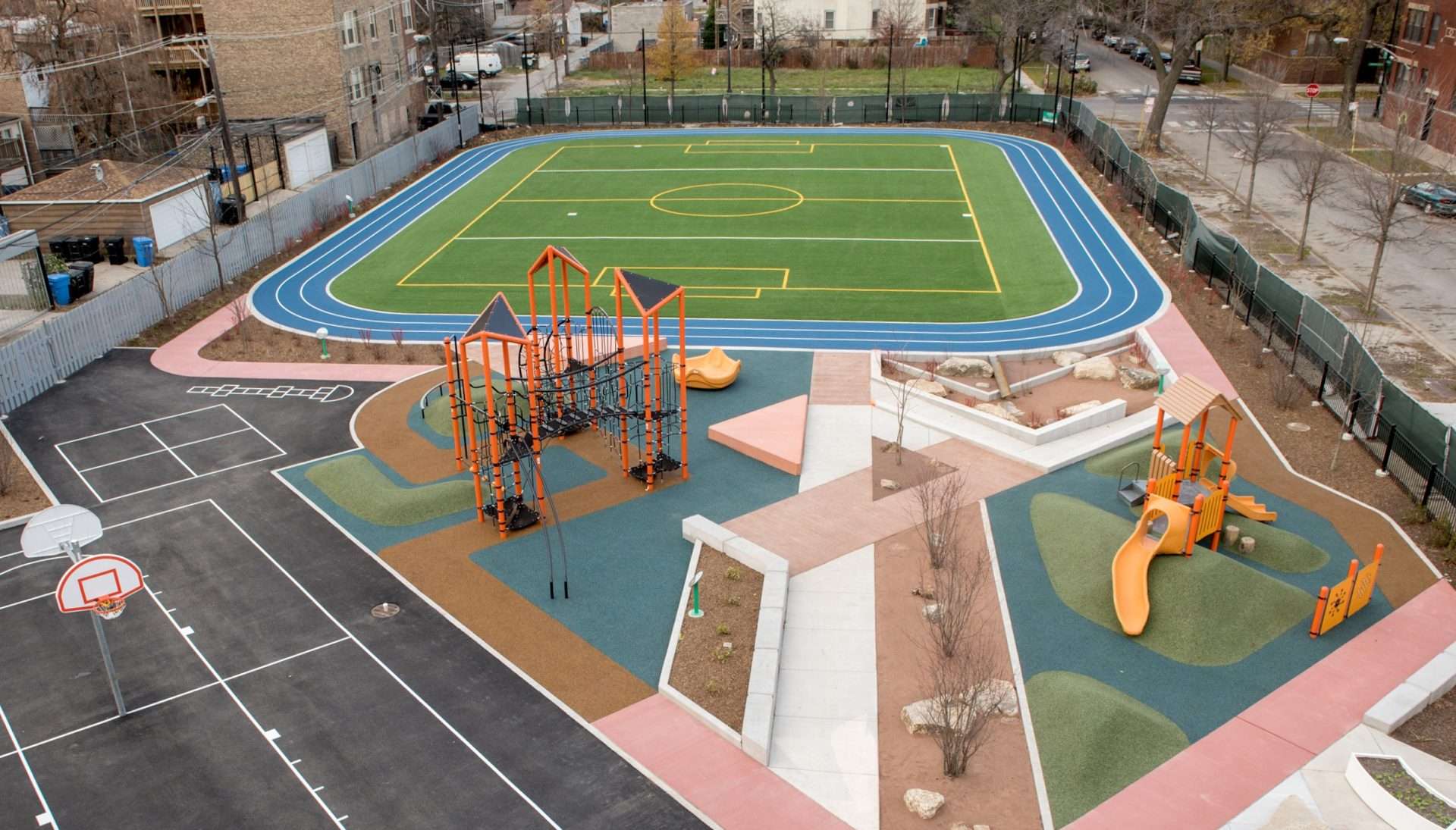This past week saw a flurry of records. Thursday, May 14th and Sunday, May 17th each saw record precipitation for those individual days. Looking at data for year to date, we are far ahead of past trends. The recent storms have flooded yards, basements, and caused the Greater Chicago Metropolitan Water Reclamation District to reverse the flow of the Chicago River back into Lake Michigan. In a normal year, Chicago receives 35 inches to 40 inches of rain per year, mostly in steady summer increments. We are already at half of that total with 6.5 months remaining, and our historically wettest season to come.
Last June, Openlands published a blog on increased rain and its regional impact for the spring of 2019. This blog corresponded mainly with the intersection of the release of new data by the Illinois Geological Survey empirically showing increased rainfall and farmers inability to plant their fields due to the wet weather. While it is too early yet to know what the rest of the spring will bear, this past week of rainfall indicate that Midwest projections released over consecutive National Climate Assessments are eerily correct: more precipitation in winter and spring.
What can be done? Openlands’ partners offer great solutions. Friends of the River has begun issuing Overflow Action Day alerts that notify people to put off running dishwashers, washing machines, and to take shorter showers during intense weather events to help relieve local flooding and combined sewer overflows. Combined sewers are an outdated method of dealing with both stormwater and sewage. When too much rain overwhelms the system, stormwater and sewage water are combined and flow directly into Chicago area waterways. Chicago’s Deep Tunnel System (TARP,) Rain barrels, sump pumps and other solutions also work.
These solutions are all necessary, but, Openlands argues that in the face of a changing climate, society needs every tool in the toolbox. And there is no better tool than nature itself – in the form of nature-based solutions. A single mature tree can prevent 2000 gallons of rainwater from hitting the ground and entering stormwater sewer systems per year. Openlands forestry program works with communities to plant trees to improve our urban forest to help mitigate local flooding and climate change impacts. The Space To Grow © program is an advanced form of nature-based solutions that reduces neighborhood flooding while offering powerful benefits to rehabilitating Chicago Public School schoolyards like exercise, outdoor education and nature based play in park poor communities. Openlands farmland and urban agriculture policy work as well as our restoration work also help to relieve local flooding during times like this. Our restoration work decreases runoff into local streams by 94% and 110 million gallons less flow into the streams and waterways.
There are many others that are actions individuals and organizations can take to mitigate flooding, such as green roofs, raingardens, bioswales, and permeable pavers or simply planting a tree or native plants on your property. Openlands supports and applauds them all not only in our effort to connect people to nature where you live, but also by putting the nature around us to work for the betterment of Chicago and our region.
